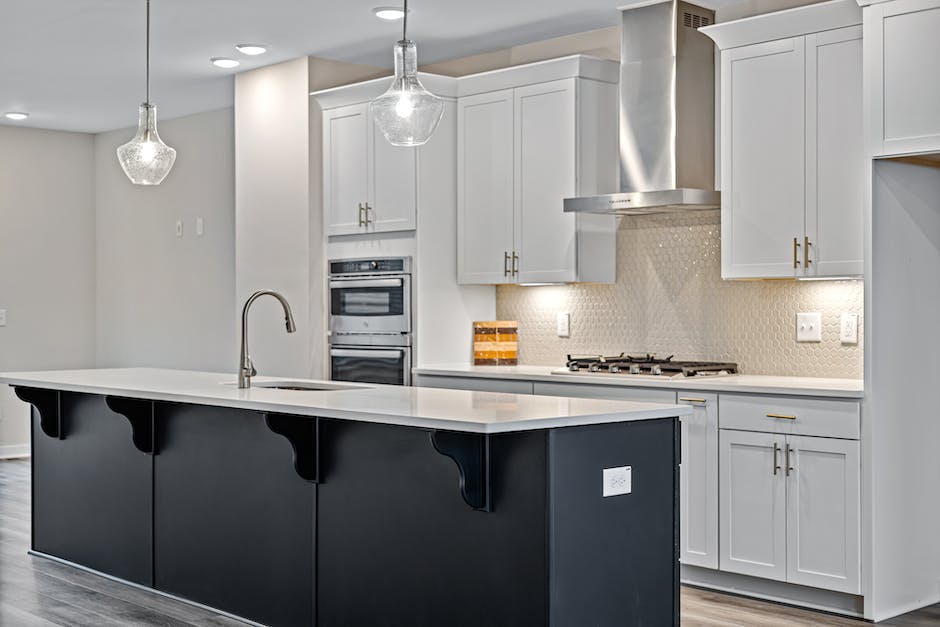Have you ever wondered how kitchens became the stylish and functional spaces we know today? Kitchens were once seen only as practical areas for preparing food.
Over time, they transformed into the heart of the home. Families began spending more time in kitchens, making design just as important as utility. This shift led to creative layouts and modern features.
From bold finishes to smart technology, design has come a long way. The changes continue to shape lifestyles.
This post will reveal how kitchen design has evolved and what trends inspire today’s spaces. Keep on reading!
From Traditional Kitchens to Modern Beginnings
The first kitchens were mostly about how they worked, not how they looked. A lot of traditional kitchens had dark, heavy wood cabinets. These places were made to last and be used for a long time.
Over time, people started to ask for designs that were lighter and brighter. Because of this need, painted cabinets and open floor plans were used. During this time, the trend toward less clutter also grew.
As homeowners mixed old and new, modern beginnings began to take shape. This stage laid the groundwork for the modern kitchens we have today.
The Rise of Open-Concept Layouts
Around the middle of the 20th century, open-concept layouts became popular. Families began to value the link between the kitchen and the living room.
Kitchens can now blend in with dining and living rooms that used to have walls between them. This made homes look and feel bigger and friendlier. With this design, it became easier to have people over.
More natural light came in because of the open-concept style. This layout is still one of the most popular ones today. It shows how the modern kitchen is the social and lively heart of the home.
The Shift Toward Minimalist Design
Clean lines and simplicity are important in minimalist design. People started this trend when they wanted less mess and more order in their homes. Ornate styles were replaced by cabinets with flat panels.
People liked to use neutral colors like white, gray, and beige. To keep rooms open and light, open shelving also came about. The goal was to make the function stand out while keeping the design simple.
Minimalism also made it easier to draw attention to big pieces, like a bold backsplash. Modern kitchens all over the world are still getting ideas from this design.
The Popularity of Kitchen Islands
Kitchen islands became a defining feature of modern spaces. They serve as both a cooking station and a gathering area.
Many islands include storage, seating, and even sinks. This versatility makes them one of the most requested features in homes. The island also creates a natural flow for open layouts.
Designers use them as a chance to add bold colors or unique materials. Large kitchens often showcase oversized islands as the centerpiece.
Innovative Storage Solutions
Storage became an essential part of modern kitchen planning. Designers looked for ways to maximize every corner. Pull-out drawers, hidden cabinets, and pantry organizers gained popularity.
Many solutions made it easier to store utensils, cookware, and food neatly. Homeowners appreciated designs that balanced beauty with practicality.
Customized cabinetry also became a big trend. These storage options made kitchens look clean while still being highly efficient. Today, smart storage continues to evolve, offering convenience in everyday life.
The Influence of Technology in Kitchens
Technology brought a new level of convenience to kitchens. Smart appliances made cooking faster and easier. Features like touchless faucets improved hygiene and comfort.
Many homes now include smart refrigerators with digital screens. Voice-activated assistants can help manage grocery lists and recipes. Technology also made energy efficiency more common in modern designs.
Lighting systems can be controlled through apps or sensors. As homes become smarter, kitchens are often the main showcase of innovation. This trend is likely to expand further in the future.
Eco-Friendly and Sustainable Choices
Eco-friendly design has become a growing priority in modern kitchens. Recycled materials are now widely used for counters and cabinets. Energy-saving appliances help reduce power consumption.
Many homeowners also prefer water-efficient faucets. Sustainable wood and bamboo are chosen for their renewability. LED lighting provides long-lasting and efficient brightness.
Designers encourage natural ventilation and sunlight to save energy. These eco-friendly features not only help the planet but also bring long-term savings for families.
The Role of Color and Texture
Colors and textures have greatly influenced design trends. Bright whites were once the standard for modern kitchens. Today, bold choices like navy blue or forest green are popular.
Matte finishes on cabinets and counters create a sleek appearance. Textured surfaces such as stone or concrete add visual interest. Metallic accents like brass or copper handles bring warmth.
Mixing materials has also become a creative option. These combinations help kitchens feel unique and personal. This trend allows homeowners to express their individual style.
The Growing Focus on Personalization
Modern design trends place a high value on personalization. Homeowners want kitchens that reflect their lifestyle and taste. Some prefer cozy farmhouse styles, while others enjoy sleek industrial looks.
Custom cabinetry allows people to choose finishes and colors they love. Layouts can also be designed to fit unique family needs. Technology adds another layer of customization with smart controls.
Even small details like hardware or lighting are chosen carefully. Many people even search for “kitchen renovation near me” to find experts who can help achieve these personalized designs.
The Future of Kitchen Design
The future of kitchens will continue to combine beauty and innovation. Smart technology will likely become even more advanced. Appliances may include features powered by artificial intelligence.
Sustainable design will also remain a major priority. Designers will find new eco-friendly materials to use in kitchens. Multifunctional layouts will cater to smaller living spaces.
Future kitchens may even blend virtual design tools for planning. As trends evolve, one thing will stay the same. Kitchens will always remain central to home life and connection.
Changing Tastes in Contemporary Kitchen Design
Kitchen design history shows how homes have changed to meet new needs. From a simple place to cook, it has grown into a stylish and useful hub.
Kitchens today show how people live, with simple layouts and personal touches. How spaces are planned is still affected by technology and the need to be environmentally friendly.
For families, the kitchen is now a place of comfort, beauty, and ease. If you know about these trends, you can make better decisions about upcoming projects. New ideas keep adding to evolution.
Did you like this guide? Great! Please browse our website for more!







